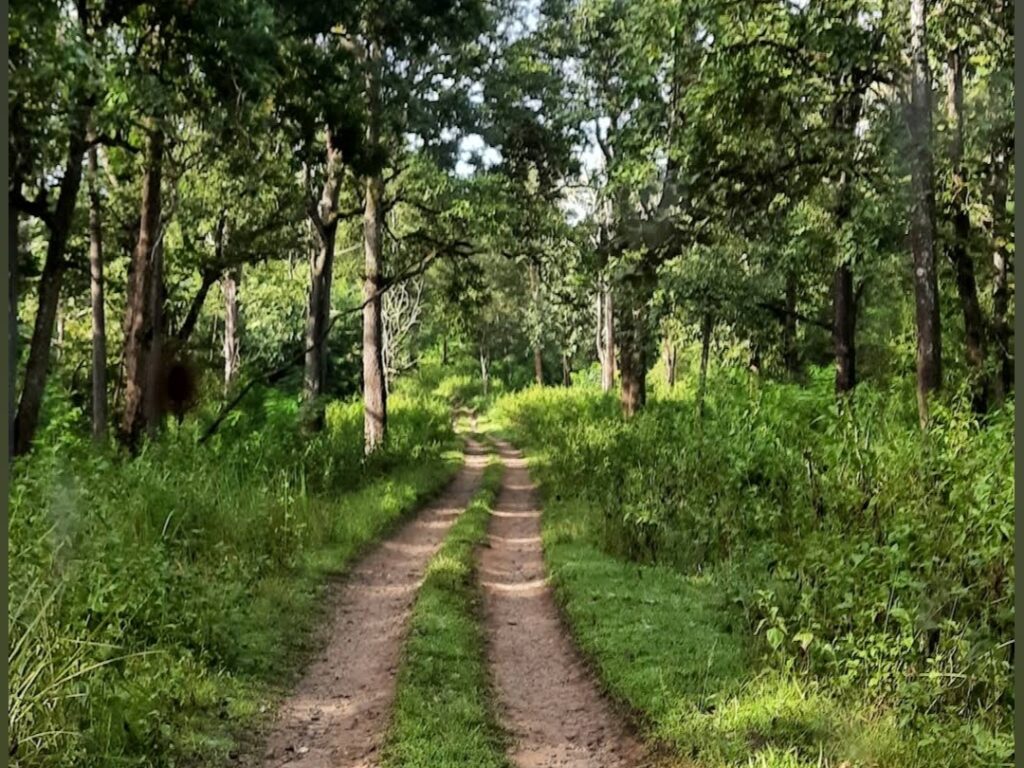The picturesque district of Wayanad, nestled in the lap of nature, has long been a favored destination for tourists seeking tranquility and natural beauty. However, recent developments, including the closure of eco-tourism centers and restrictions imposed by the Madras High Court on popular routes, have dealt a blow to the tourism sector in the region.
The Ooty via Masinagudi Route Restriction
The Madras High Court’s decision to impose restrictions on the viral ‘Ooty via Masinagudi‘ trips has sent ripples across the tourism industry, not just in Ooty but also in neighboring Wayanad. This route, frequented by tourists seeking to explore both Ooty and Wayanad, has been a lifeline for local businesses and tour operators. However, concerns over uncontrollable crowds and water shortages prompted the court to intervene, leading to a decline in tourist footfall in both destinations.

Closure of Eco-Tourism Centers
Adding to the woes of the tourism sector in Wayanad, the closure of eco-tourism centers due to incidents of wildlife attacks has further dampened the spirits of travelers. Once bustling with activity, these centers now stand deserted, robbing visitors of the opportunity to explore the region’s rich biodiversity. As a result, tourists, especially those from southern districts, have truncated their itineraries, opting for shorter stays in Wayanad before heading elsewhere.
Impact on Tourist Behavior
The ripple effects of the restrictions in Ooty have been felt far and wide, with tourists reconsidering their travel plans to Wayanad. The allure of exploring both destinations in a single trip has diminished, leading to a decline in bookings and occupancy rates for hotels and resorts in Wayanad. Tour operators, once eager to promote Wayanad as an alternative to Ooty, now face an uphill battle in attracting visitors to the region.

Challenges in Ooty
Meanwhile, in Ooty, the influx of tourists has exacerbated existing challenges, including traffic congestion and water shortages. The scenic hill station, known for its pristine landscapes and serene ambiance, now grapples with overcrowding and environmental degradation. The court’s intervention, while aimed at mitigating these issues, has left many in the tourism industry apprehensive about the future.
Also Read : Exploring the Nearest Places to Edakkal Caves | Wayanad
Conclusion, As Wayanad navigates through these turbulent times, stakeholders in the tourism sector must collaborate to find sustainable solutions. While restrictions may temporarily curb overcrowding and environmental degradation, they also pose challenges for businesses reliant on tourist footfall. By striking a balance between conservation efforts and tourism promotion, Wayanad can reclaim its status as a premier destination for nature lovers and adventure enthusiasts alike.